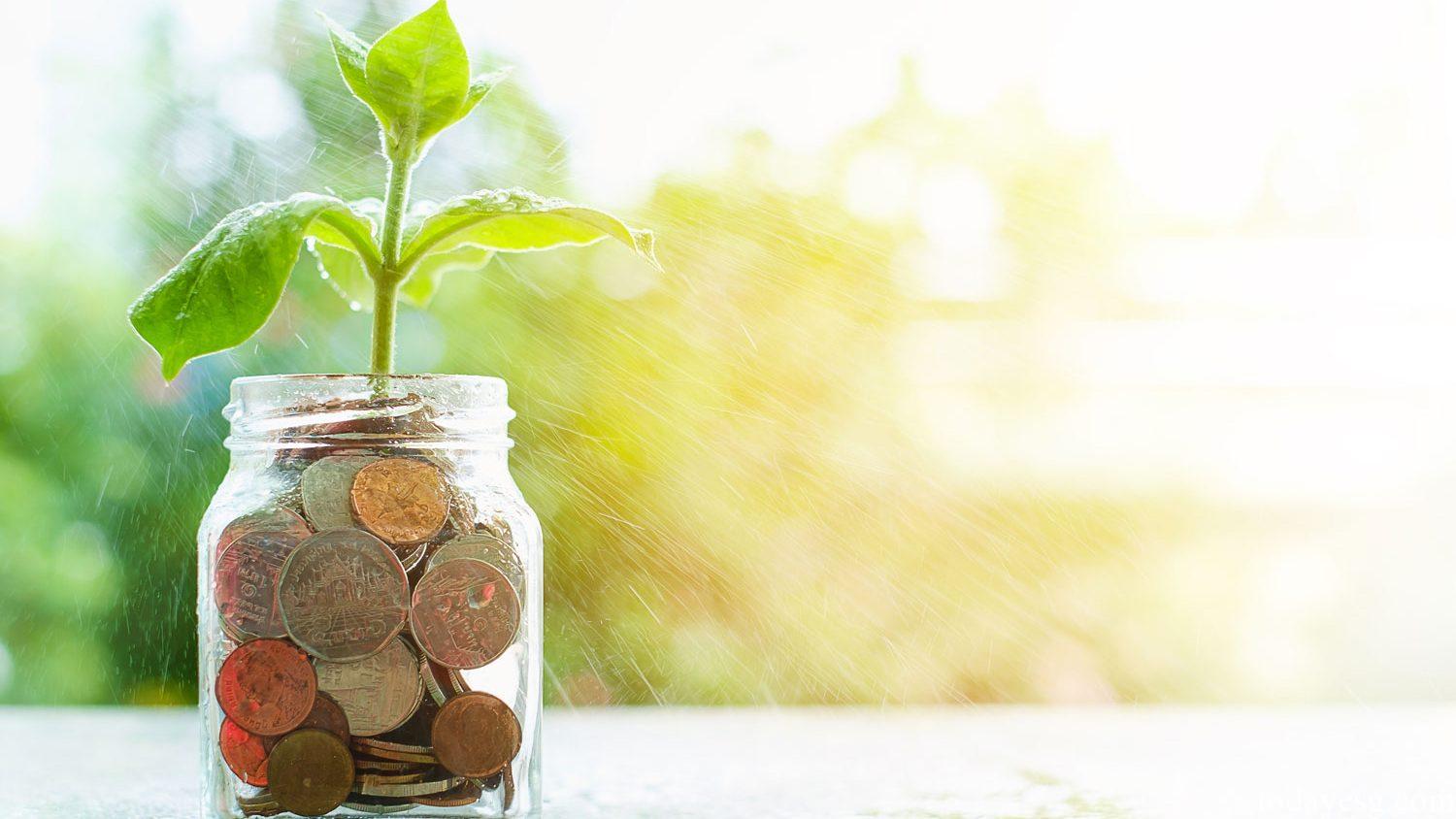Green Loan Label
The European Banking Authority (EBA) launches the green loan label, aiming to establish standards for green loans and incorporate them into the Mortgage Credit Directive (MCD).
This green loan label is in response to the EU’s previous solicitation for opinions on green loans. In the EU’s Strategy on Financing the Transition to a Sustainable Economy, the EU requires the EBA to provide advice on green loans for individual customers and small and medium-sized enterprises and based on the European Taxonomy and sustainable information disclosure requirements.
Related Post: NRF Issues Report on ESG Loans
Development of Green Loan Market
As an instrument to finance sustainable economic transition, the green loans market is growing year by year. The total amount of EU green loans and sustainable loans reaches 156 billion euros in 2022, of which green loans account for about 20%. The market size of green loans accounts for 4.5% of the total size of all loans, concentrated in the household sector (73%) and the non-financial corporate sector (21%). However, compared with the scale of green bonds and sustainable bonds (nearly 300 billion euros in 2022), the proportion of the green loan market in sustainable financial instruments market is on a downward trend.
Credit institutions such as banks mainly rely on internal standards to identify whether a loan is a green loan. This internal standard is based on the EU Taxonomy and involves Substantial Contribution (SC) and Do Not Significant Harm (DNSH). Green loans are mainly issued to five areas: renewable energy, green buildings, clean transportation, sustainable production and recycling, and energy-saving products. Credit agencies generally require companies to generate most of their revenue from these sustainable areas and conduct negative screening for some industries.

Definition of Green Loan Label
Despite similarities in credit institutions’ business processes for green loans, credit institutions still face difficulties in market competition, consumer protection, and loan origination and monitoring due to the lack of common definitions and rules. The International Capital Market Association (ICMA) previously released the Green Loan Principles (GLP), which provides an industry framework for global green loans.
Based on GLP and the European Taxonomy, the EBA defines green loans as follows: The borrower uses the loan for economic activities that can achieve one or more environmental objectives of the EU Taxonomy without significantly compromising other environmental objectives. This definition would provide consistency across the EU, improve credit institutions’ business compliance, and reduce the risk of greenwashing.
After completing the definition of green loans, the EBA defines the green loan label as: helping borrowers identify green loans and requiring them to comply with green loan obligations to benefit from green loans. Green loan labels are voluntary and can increase transparency in product identification, enhance investor protection, and incentivize borrowers’ economic activity through cost adjustments (like sustainability-linked loans). Green loan labels can also reduce loan issuance costs for credit institutions.
Suggestions from European Banking Authority
To promote the green loan label, the EBA believes that regulators need to clarify the economic activities involved in green loans in the short term and formulate a definition of green loans based on current European environmental policies. Economic activities involved in green loans should be integrated with the EU Taxonomy, but before market standardization, policies should also consider market standards for other environmental objectives beyond the Taxonomy.
EBA recommends that regulators develop a green loan framework in the medium term, provide rules for loan agreements and issuing processes, use green bond labels as an example to formulate general requirements for green loan labels, and incorporate green loan labels into the EU’s green finance plan. In addition to achieving environmental goals, regulators can also consider incorporating transition financing into the scope of loans and design transition loans.
Reference:
The EBA Proposes a Voluntary EU Green Loan Label to Help Spur Markets








